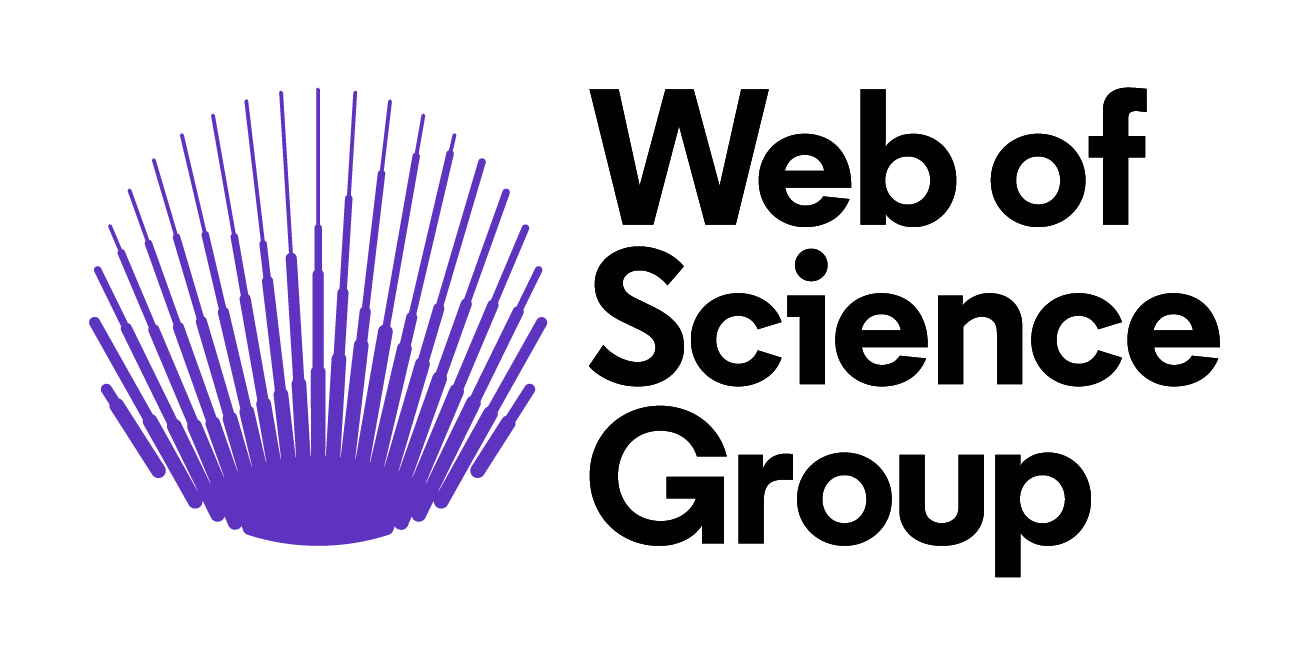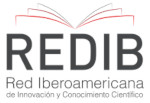Eficiência de Bacillus thuringiensis no controle de Plutella xylostella (Lepidoptera: Plutellidae) e compatibilidade com inseticidas
DOI:
https://doi.org/10.48017/Diversitas_Journal-v6i3-1849Resumo
RESUMO: O objetivo da pesquisa foi analisar a suscetibilidade de Plutella xylostella (L.) (Lepidoptera: Plutellidae) a isolados de Bacillus thuringiensis Berliner e avaliar a compatibilidade dos isolados mais virulentos com inseticidas registrados para o controle de pragas do repolho. Foi avaliada a eficiência de 13 isolados, através de testes de patogenicidade e virulência (CL50 e TL50) em lagartas de segundo instar de P. xylostella. A compatibilidade entre os isolados e os ingredientes ativos foi realizada a partir da mistura do inseticida no meio de cultura, com posterior inoculação de uma alíquota da suspensão do micro-organismo, sendo avaliado o número de esporos / mL após sete dias de crescimento do entomopatógeno. Os isolados HD-1, HD-4, HD-11, HD-73 e T-07 foram os mais eficientes no controle de P. xylostella, responsáveis por ocasionar mortalidade total das lagartas, com CL50 variando entre 0,75 e 11,66 × 103 esporos / mL e TL50 entre 25,12 e 34,47 h. Os isolados HD-1 e HD-4 apresentaram interação neutra com o ingrediente ativo tiametoxam, sendo positiva para com o isolado T-07, com aumento significativo da esporulação. Os demais ingredientes ativos foram considerados tóxicos em relação ao desenvolvimento reprodutivo de B. thuringiensis.
PALAVRAS-CHAVE: traça-das-crucíferas, bactéria entomopatogênica, controle biológico.
Métricas
Referências
ABBOTT, W. S. A method of computing the effectiveness of an insecticide. Journal of Economic Entomology, v.18, n.2, p.265-267, 1925.
AGBOYI, L. K.; KETOH, G. K.; MARTIN, T. ; GLITHO, I.A. ; TAMÒ, M. Pesticide resistance in Plutella xylostella(Lerpidoptera: Plutellidae) populations from Togo and Benin. International Journal of Tropical Insect Science, v.36, n.4, p.204-210, 2016.
AGOSTINI, L.T.; DUARTE, R.T.; VOLPE, H.X.L.; AGOSTINI, T.T.; CARVALHO, G.A.; ABRAHÃO, Y.P.; POLANCZYK, R.A. Compatibility among insecticides, acaricides, and Bacillus thuringiensisused to controlTetranychus urticae(Acari: Tetranychidae) and Heliothis virescens(Lepidoptera: Noctuidae) in cotton fields. African Journal of Agricultural Research, v.9: n.11, p.941-949, 2014.
BOIÇA JÚNIOR, A.L.; JANINI, J.C.; SOUZA, B.H.S.; RODRIGUES, N.E.L. Efeito de cultivares de repolho e doses de extrato aquoso de nim na alimentação e biologia de Plutella xylostella(Linnaeus) (Lepidoptera: Plutellidae). Bioscience Journal, v.29, n.1, p.22-31, 2013.
BOTELHO, A.A.A.; MONTEIRO, A.C. Sensibilidade de fungos entomopatogênicos a agroquímicos usados no manejo da cana-de-açúcar. Bragantia, v.70, n.2, p.361-369, 2011.
CHEN, M-L.; CHEN, P-H.; PANG, J-C.; LIN, C-W.; HWANG, C-F.; TSEN, H-Y. The correlation of the presence and expression levels of cry genes with the insecticidal activities against Plutella xylostellafor Bacillus thuringiensisstrains. Toxins, v.6, n.8, p.2453-2470, 2014.
CRICKMORE, N.; BAUM, J.; BRAVO, A.; LERECLUS, D.; NARVA, K.; SAMPSON, K.; SCHNEPF, E.; SUN, M.; ZEIGLER, D.R. Bacillus thuringiensistoxin nomenclature. Disponível em http://www.btnomenclature.info/. Acesso em 05 Jun. 2018.
DUARTE, R.T.; GONÇALVES, K.C.; ESPINOSA, D.J.L.; MOREIRA, L.F.; DE BORTOLI, S.A.; HUMBER, R.A.; POLANCZYK, R.A. Potential of entomopathogenic fungi as biological control agents of diamondback moth (Lepidoptera: Plutellidae) and compatibility with chemical insecticides. Journal of Economic Entomology, v.109, n.2, p.594-601, 2016.
FERREIRA, D. F. Sisvar: a guide for its bootstrap procedures in multiple comparisons. Ciência e Agrotecnologia, v.38, n.2, p.109-112, 2014.
LACEY, L.A.; GRZYWACZ, D.; SHAPIRO-ILAN, D.I.; FRUTOS, R.; BROWNBRIDGE, M.; GOETTEL, M.S. Insect pathogens as biological control agents: back tothe future. Journal of Invertebrate Pathology, v.132, n.1, p.1–41. 2015.
LI, Z.; ZALUCKI, M.P.; KRITICOS, D.J.; BAO, H.; CHEN, H.; HU, Z.; FENG, X.; FURLONG, M. J. Population dynamics and managementof diamondback moth (Plutella xylostella) in China: the relative contributions of climate, natural enemies and cropping patterns. Bulletin of Entomological Research, v.106, n.2, p. 197-214, 2016.
LIMA NETO, J. E.; AMARAL, M. H. P.; SIQUEIRA, H.A.A.; BARROS, R.; SILVA, P.A.F. Resistance monitoring of Plutella xylostella(L.) (Lepidoptera: Plutellidae) to risk-reduced insecticides and cross resistance to spinetoram. Phytoparasitica, v.44, n.5, p.631-640, 2016.
MAPA. Agrofit: sistema de agrotóxicos fitossanitários. Disponível em http://agrofit.agricultura.gov.br/agrofit_cons/principal_agrofit_cons. Acesso em 12 Out. 2017.
MEDEIROS, P.T.; FERREIRA, M.N.; MARTINS, E.S.; GOMES, A.C.M.M.; FALCÃO, R.; DIAS, J.M.C.S.; MONNERAT, R.G. Seleção e caracterização de estirpes de Bacillus thuringiensisno controle da traça-das-crucíferas Plutella xylostella. Pesquisa Agropecuária Brasileira,v.40, n.11, p.1145-1148, 2005.
MINITAB.Meet Minitab 15.EUA: Minitab Inc, 2007. 142 p. Disponível em http://mathfaculty.fullerton.edu/sbehseta/MeetMinitabEN.pdf. Acesso em 10 Nov. 2017.
MOHAN, M.; GUJAR, G.T. Toxicity of Bacillus thuringiensisstrains and commercial formulations to the diamondback moth, Plutella xylostella(L.). Crop Protection, v.20, n.4, p.311-316, 2001.
MONNERAT, R.G.; BATISTA, A.C.; MEDEIROS, P.T.; MARTINS, E.S.; MELATTI, V.M.; PRAÇA,L.B.; DUMAS, V.F.; MORINAGA, C.; DEMO, C.; GOMES, A.C.M.; FALCÃO, R.; SIQUEIRA, C.B.; SILVA-WERNECK, J.O.; BERRY, C. Screening of Brazilian Bacillus thuringiensisisolates active against Spodoptera frugiperda, Plutella xylostellaand Anticarsia gemmatalis. Biological Control, v.41, n.3, p.291-295, 2007.
MORRIS, O.N. Compatibility of 27 chemical insecticides with Bacillus thuringiensisvar. kurstaki. The Canadian Entomologist, v.109, n.6, p.855-864, 1977.
RIBEIRO, L.M.S.; WANDERLEY-TEIXEIRA, V.; FERREIRA, H.N.; TEIXEIRA, A.A.C.; SIQUEIRA, H.A.A. Fitness costs associated with field-evolved resistance to chlorantraniliprole in Plutella xylostella(Lepidoptera: Plutellidae). Bulletin of Entomological Research, v.104, n.1, p. 88-96, 2014.
SAHOO, B.; DANGAR, T. K. Compatibility of some fungal entomopathogen of rice leaf folder (Cnaphalocrocis medinalisGuinee) with selected chemical insecticides. Journal of Microbiology and Biotechnology Research, v.4, n.4, p.1-7, 2014.
VAN FRANKENHUYZEN, K. Insecticidal activity of Bacillus thuringiensis crystal proteins. Journal of Invertebrate Pathology, v.101, n.1, p.1-16, 2009.
ZAGO, H.B.; SIQUEIRA, H.A.A.; PEREIRA, E.J.G.; PICANÇO, M.C.; BARROS, R. Resistance and behaviouralresponse of Plutella xylostella(Lepidoptera: Plutellidae) populations to Bacillus thuringiensisformulations. Pest Management Science, v.70, n.3, p.488-495, 2014.
ZOU, C.; LI, L.; DONG, T.; ZHANG, B.; HU, Q. Join action of the entomopathogenic fungus Isaria fumosoroseaand four chemical insecticides against the whitefly Bemisia tabaci. Biocontrol Science and Technology, v.24, n.3, p.315-324, 2014.
Downloads
Publicado
Como Citar
Edição
Seção
Licença
Copyright (c) 2021 Rogério Teixeira Duarte

Este trabalho está licenciado sob uma licença Creative Commons Attribution 4.0 International License.
O periodico Diversitas Journal expressa que os artigos são de unica responsabilidade dos Autores, conhecedores da legislação Brasileira e internacional. Os artigos são revisados pelos pares e devem ter o cuidado de avisar da possível incidencia de plagiarismo. Contudo o plagio é uma ação incontestavel dos autores. A Diversitas Journal não publicará artigos com indicios de Plagiarismos. Artigos com plagios serão tratados em conformidade com os procedimentos de plagiarismo COPE.
A violação dos direitos autorais constitui crime, previsto no artigo 184, do Código Penal Brasileiro:
“Art. 184 Violar direitos de autor e os que lhe são conexos: Pena – detenção, de 3 (três) meses a 1 (um) ano, ou multa. § 1o Se a violação consistir em reprodução total ou parcial, com intuito de lucro direto ou indireto, por qualquer meio ou processo, de obra intelectual, interpretação, execução ou fonograma, sem autorização expressa do autor, do artista intérprete ou executante, do produtor, conforme o caso, ou de quem os represente: Pena – reclusão, de 2 (dois) a 4 (quatro) anos, e multa.”


















